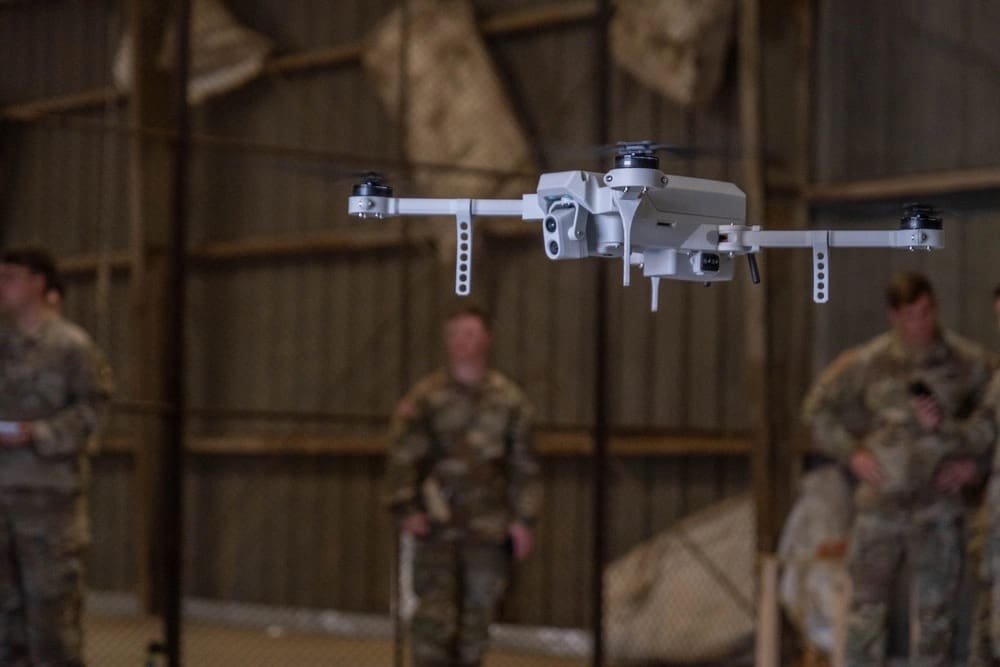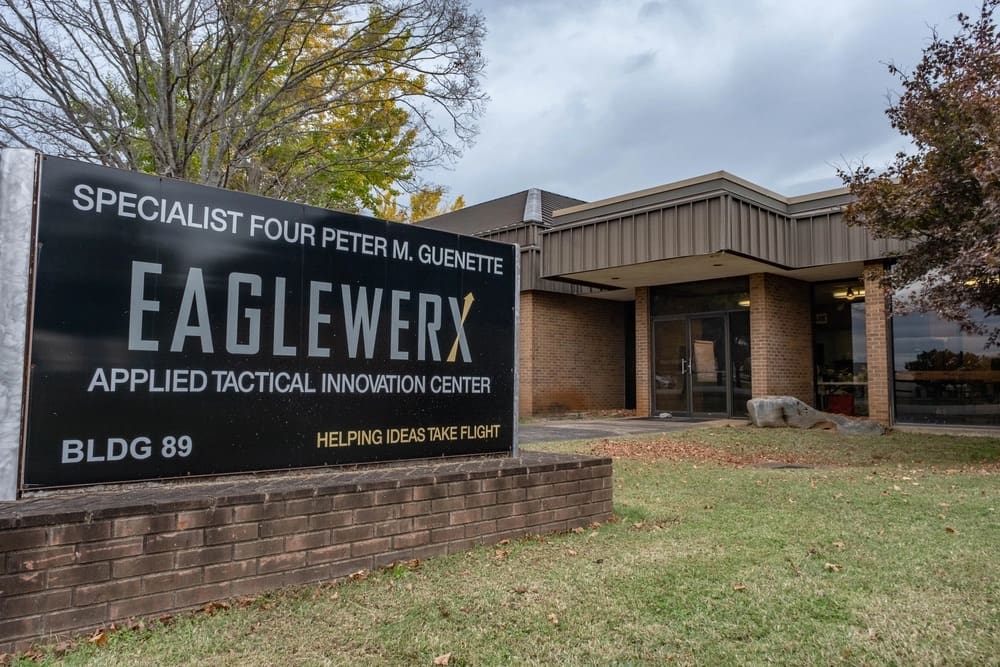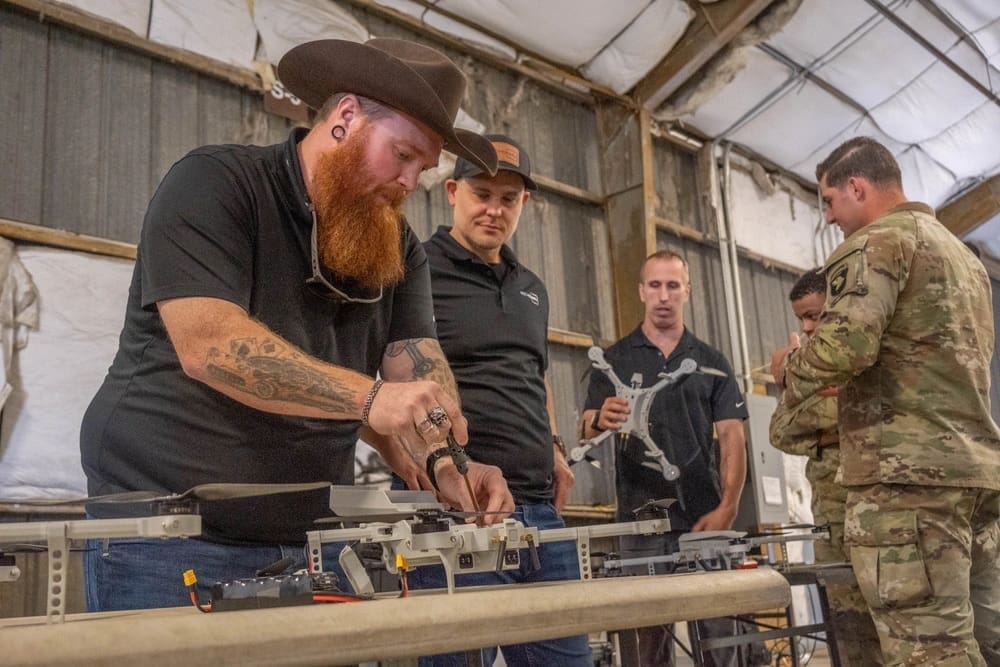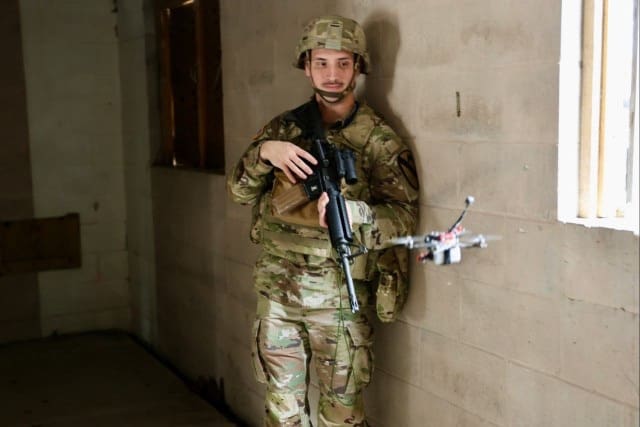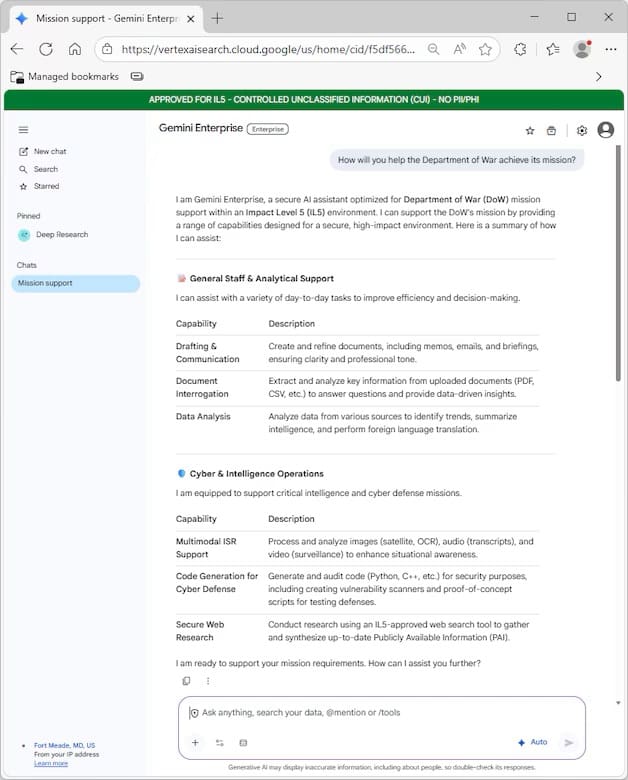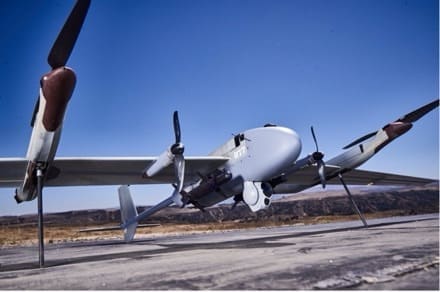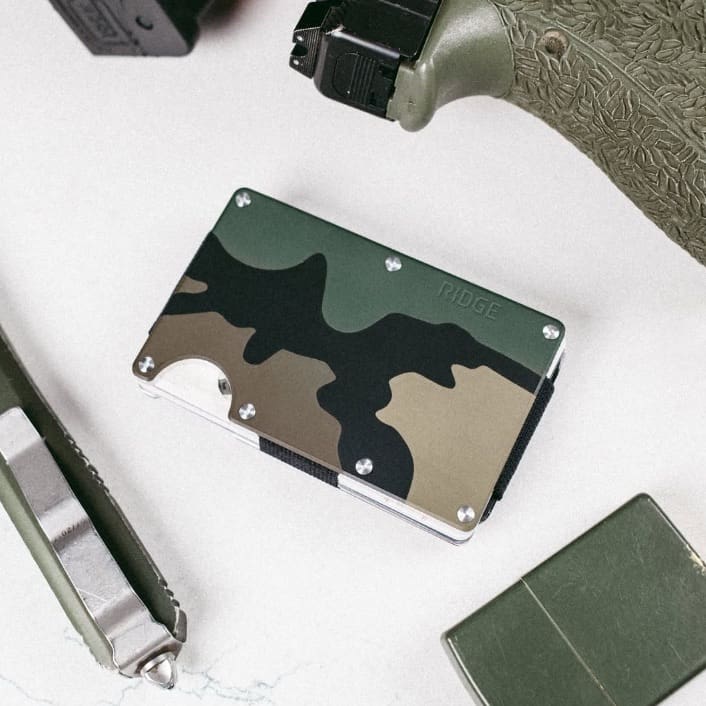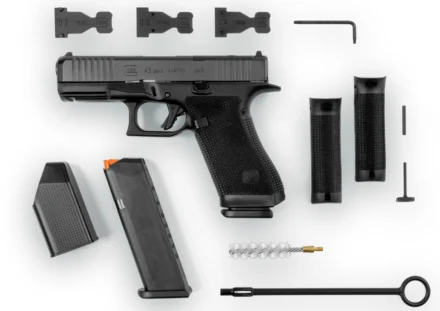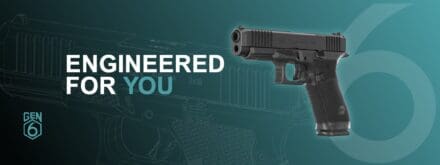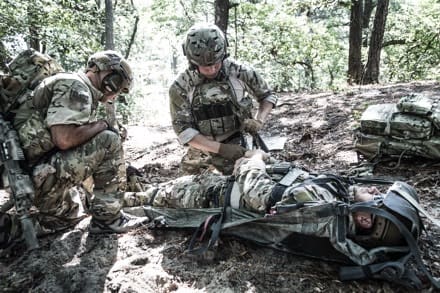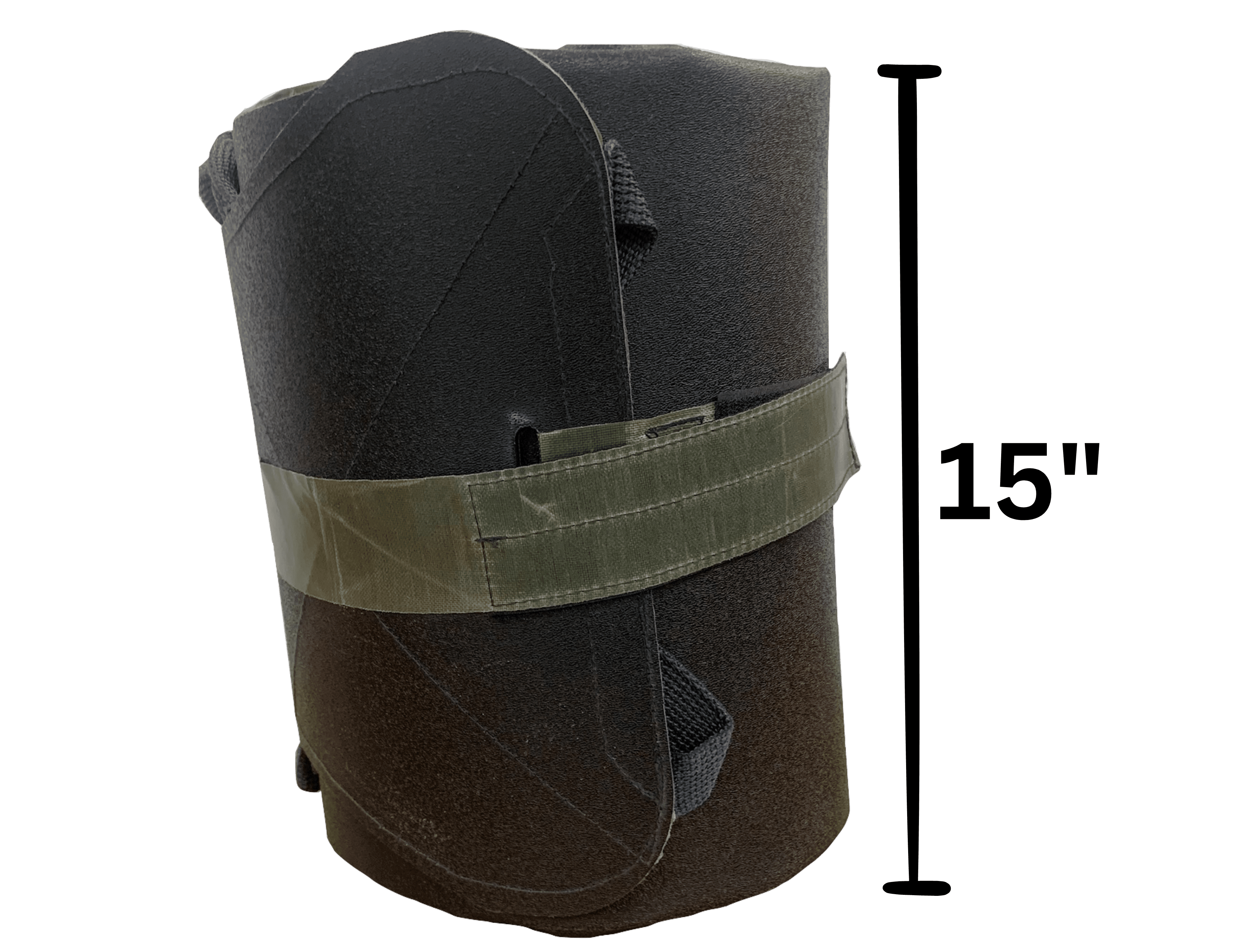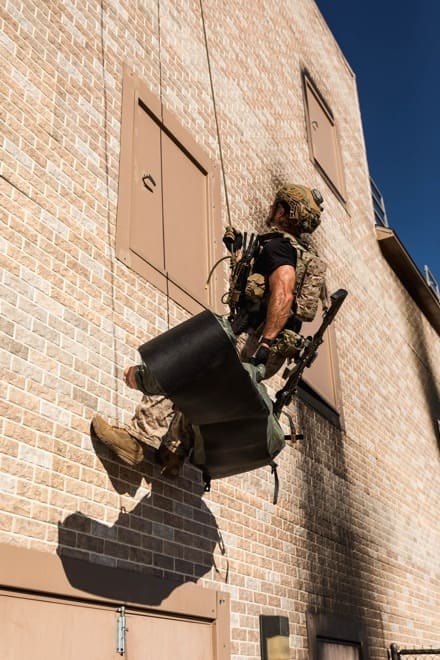The increasing prevalence of drones on the modern battlefield means it’s crucial for our service members to be familiar with the various systems they might encounter, which is why at the Joint Counter-Small Unmanned Aircraft Systems University at Fort Sill, Oklahoma, students learn the ins and outs of about two dozen of these aircraft.
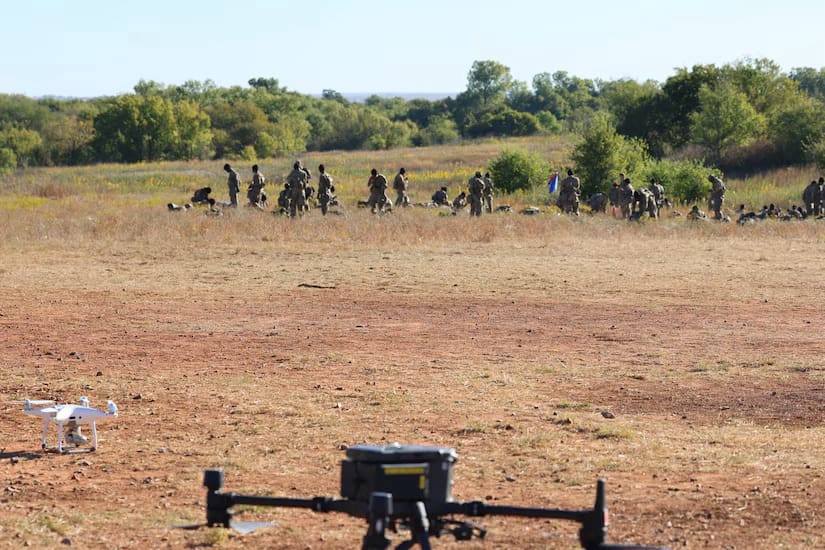
The JCU is the War Department’s only joint training center aimed at countering the growing number of aerial threats U.S. troops face across the world. It teaches service members of every branch how to operate drone equipment, plan counter-small UAS strategies and train others to defend installations.
During the courses, students get to know 24 types of commercial off-the-shelf small UAS that they may see downrange, from “blue air” drones that are considered friendly to “red air” drones that are used by our adversaries.
The types of aircraft the JCU trains students on range from commercial quadcopters to tiny micro-UAS and custom-built foam drones that can mimic real threats. Here are the highlights of a few of them:

The Black Hornet
The Black Hornet is the smallest drone currently used by the JCU. Developed under Special Operations Command, this tiny, covert drone does close intelligence, surveillance and reconnaissance — it can even be used inside buildings for hostage rescues. It includes an enhanced thermal camera and is small enough for service members to carry on their utility belts.

R80D SkyRaider
Developed exclusively for DOW and other federal agencies, the R80D SkyRaider is a vertical takeoff and landing quadcopter that’s agile and can carry and deliver multiple payloads up to 7.7 pounds. It has one of the fastest, most powerful embedded artificial intelligence computing devices available for small UAS. It can also thrive in GPS- or communications-denied environments.

WingtraOne Gen II
The WingtraOne Gen II is one of the fastest mapping and surveillance small UAS on the planet. This fixed-wing drone has multiple cameras and a light detection and ranging — LiDAR — option, which can create precise 3D models of objects and environments. It can go about 36 mph and works well in high winds.

IF 1200
Weighing between 21 and 55 pounds, the IF 1200 electric hexacopter is the most aggressive small UAS the school has, and it’s mostly used for detection, said JCU Air Boss Jacob Cameron. The IF 1200 can adapt to any requirement set and can be used with LiDAR, radiation detection sensors, electro-optical/infrared sensors and delivery capabilities. It can travel up to 70 mph, carry up to 35 pounds and stay in the air for up to 45 minutes.
“That drone can do flips,” Cameron said. “You think it’d be slow and clunky, but that is probably the fastest hexacopter drone that we have, and it’s the most capable.”

Alta X:
The IF1200’s larger counterpart, the Alta X, is the school’s largest quadcopter, even though it’s significantly quieter than the JCU’s other drones. The all-electric Alta X is also mostly used for detection and can carry up to 40 pounds. It flies best when it’s got a heavy payload. The Alta X can fold down to half its size in 20 seconds and can accommodate many sensors and third-party payloads, such as EO/IR, mapping and LiDAR.

TSM-800:
Produced by the Army Threat Systems Management Office, this drone is designed for threat simulation and is capable of swarming up to 150 systems from a single ground control station. Each drone can carry a payload of 8 pounds. Three bomblets can be carried per drone. It is Wi-Fi compatible or can be used on a private LTE tower, Cameron said.

Super Decathlon:
The “Super D” is a larger aircraft that has a gas engine and can be used for autopilot and manual missions. It’s primarily used for detection and identification in the JCU’s operator’s course, as well as for loitering munition demonstrations for the planner’s course.
If an enemy tries to electronically jam it while it’s on autopilot, the Super D can still fly through that area without being affected, Cameron said. It’s completely autonomous, can carry large payloads over long distances, and can fly up to 70 miles. Cameron said it’s great for student practice because its size makes it easier to find on radar signatures.

Vesper:
The small Vesper quadcopter provides intelligence, surveillance and reconnaissance. At 2.2 pounds, it’s light and easily portable. It has an EO/IR camera and can top out at 45 mph for about 50 minutes of flight time. It has low-light capabilities, extended endurance and stealth capabilities.

Opterra:
The lightweight Opterra has multiple camera mounting stations and is predominantly used as a target drone.
“The Opterra is outstanding for being shot at because it’s foam, and bullets will pass straight through it unless you hit specific small components on it, like the engine itself,” explained Army Maj. Dennis “Chip” Stanford, JCU’s executive officer. “It can be shot a lot.”
The JCU also teaches students on the CarbonCub, Skywalker X8, Vector-Scorpion, Osprey, IF 800 and the JTAC24, a JCU-designed and 3D printed target drone, as well as a few others.
By Katie Lange, Pentagon News
